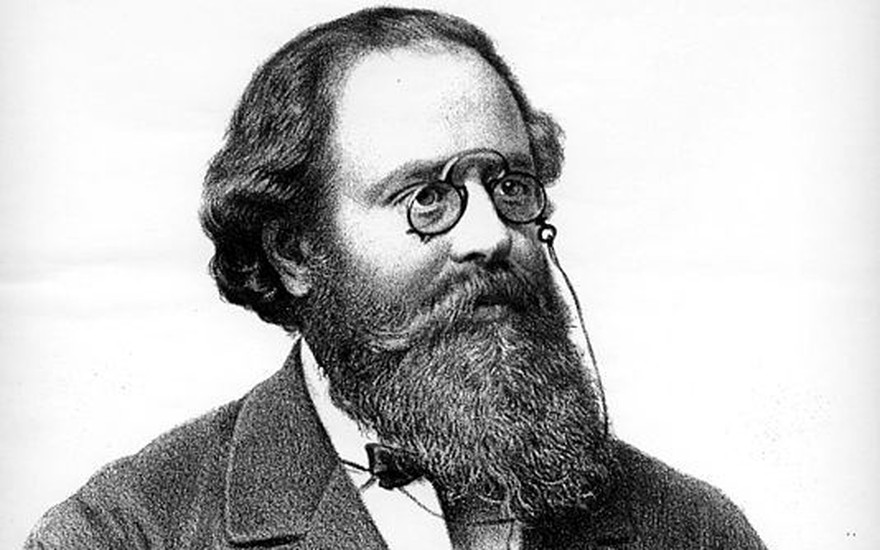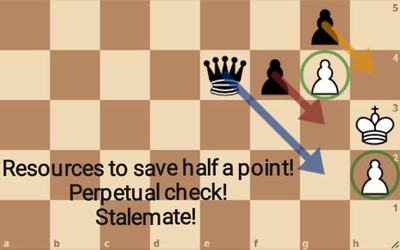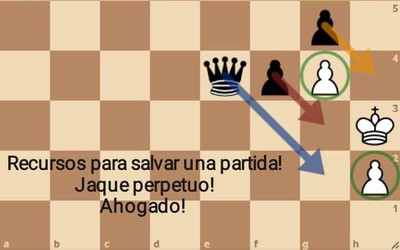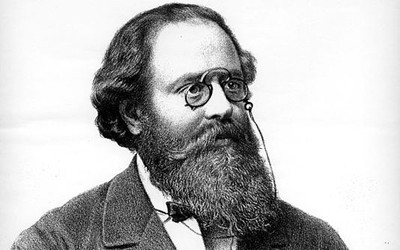
Wilhelm Steinitz: history, contributions to chess + games and puzzles!
Let’s learn about the first world champion, founder of the chess modern school, first to establish many of the strategic principles we use today.Who was Steinitz?
Wilhelm Steinitz became the first official world chess champion after his victory against Zukertort in 1886. No one, so far, has managed to keep the crown for so many years in a row.
His contributions to chess laid the foundations for positional play, which put a stop to the romanticism of the time; one of the greatest progresses in chess since Philidor.
Until Steinitz; it was all about seeking beautiful combinations at all cost, pure ungrounded romanticism. He changed the way chess was understood at the time, he created the middle game strategy. He realized that by building a solid position and accumulating small advantages, instead of using beautiful, sometimes unjustified, combinations, he could achieve the same goal: to win the game.
For that, he is considered the founder of the modern chess school, based on a number of strategic principles that result in a holistic conception of all coordinated pieces on the board: place your pieces in the best possible position so they can attack, as much as defend, while working together.
The modern chess school wasn't embraced right away, “romantic” games could be more colorful; it was imposed for the simple reason that those who played without following these principles systematically lost.
Some of these modern chess principles
* Slow attacks or with long, solid preparation
* Accumulation of small advantages
*Advantage of the bishop over the knight, until then they were considered pieces of equal power.
*Definition of weaknesses (badly placed piece, doubled pawns, weak square)
*Provocation of weaknesses in the enemy field and exploiting them
*Having a strong preparation in the endgames, this wasn’t common at the time.
The end of Steinitz reign
Steinitz’s success was a result, in his own words, “of being 20 years ahead of my time, I played Zukertort and my other former rivals with certain unknown principles. My ideas were not understood. At last, today's players like Lasker, Tarrasch, Pillsbury, Schlechter and others have understood my principles, embraced them, and naturally perfected the work I started”
Emanuel Lasker, not only had assimilated his ideas, but had perfected them with a personal touch (introducing the psychological factor in the game). He became Steinitz “executioner” in 1984, ending his reign.
The study we bring you today shows, not only the virtuous Steinitz of positional and strategic play, but also a great player capable of calculating and understanding attacking positions (embeded at the bottom).
Tictachess hopes you find this entertaining and useful, don’t forget to click the heart if you liked this, thank you!
We are also announcing our next event!
Tictachess Challenge Day!
Monday Jan 10th, 4:00 pm -7 pm (GTM-5)
Three strong titled players will take challenges from Tictachess community users!
Players to be announced through private message to all team members, and at the Tictachess forum.
Time control: Blitz 3 + 0
Get ready to challenge away!
If you're not a Tictachess member yet, join us https://lichess.org/team/tictachess
Enjoy the study!
More blog posts by Tictachess

Resources to save half a point when it looks like all is lost!
What about when you have a completely lost position? Is hoping for your opponent’s worst mistake all…
Recursos para salvar medio punto, cuando parece que todo está perdido!
¿Qué hacer cuando tienes una posición completamente perdida? ¿Esperar el peor error de tu oponente e…
Wilhelm Steinitz: historia, contribuciones al ajedrez + partidas y ejercicios!
Conozcamos al primer campeón mundial, fundador de la escuela moderna de ajedrez, primero en establec…